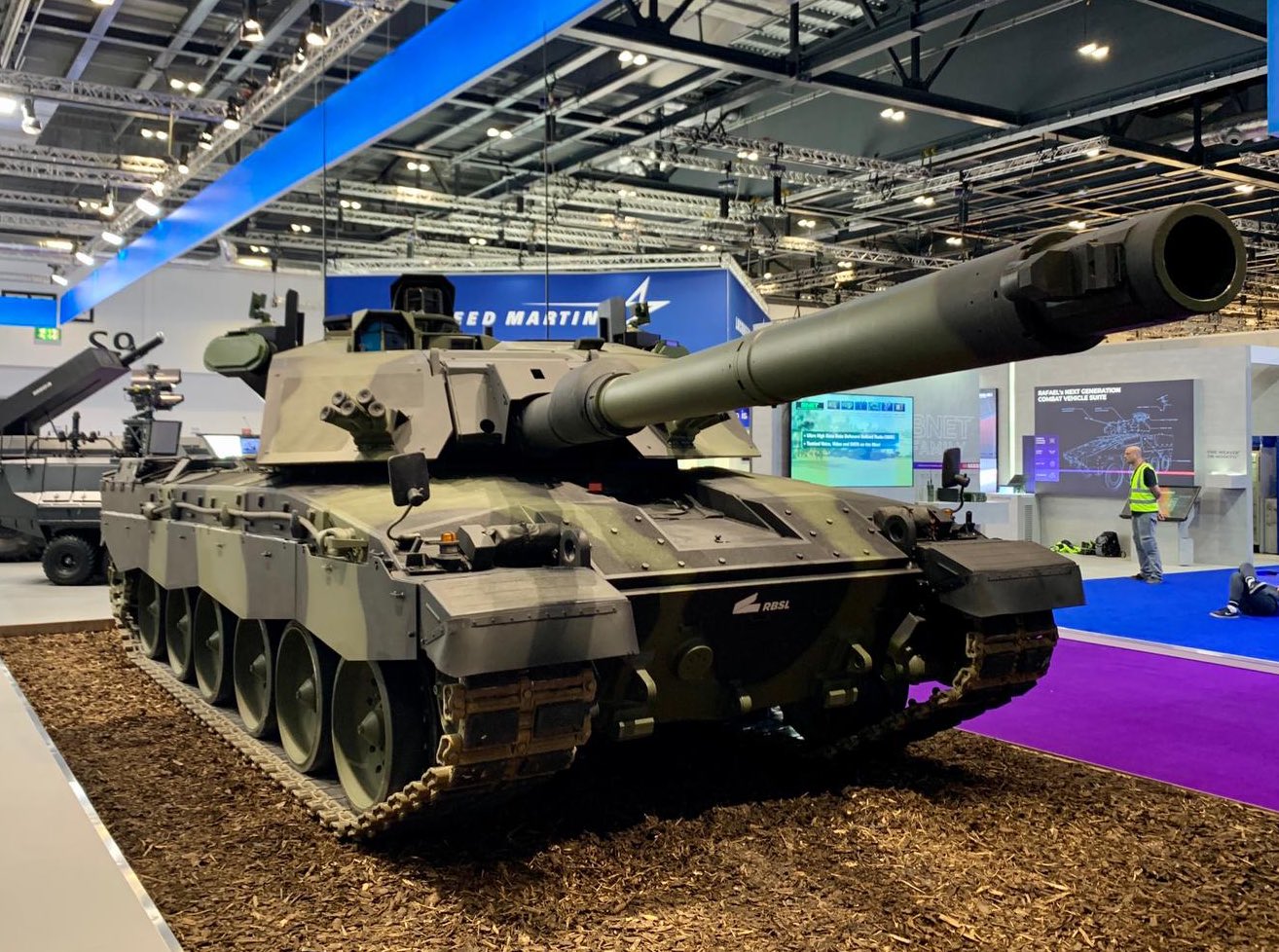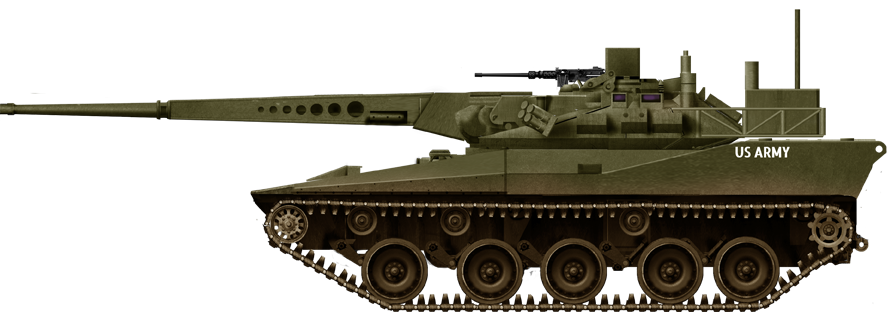dont’s agree with you for a number of reasons. First not every situation requires full button up in operation of the MBT which is the design aspect pushed for by Ironvision. It’s almost unheard of for a TC to be killed as he was operating in the open due to the design having a open protected position where in the TC’s hatch going back as far as WW2 designs. Vs artillery or other tanks. So what is the risk? Small drones and infantry seems like the most likely to try and take advantage of an open hatch. Small drones are susceptible to jamming or other means of countermeasures and infantry might get a lucky shot but trying to pick off the TC is likely to result in more destruction on the infantry side.
Examples of said drone attacks are clearest in the recent Nagorno-Karabakh war. What defined them is that the Armenian troops were usually oblivious to an attack until the very last moments. Sometimes entirely oblivious. The quality of Armenian equipment was low, and it factors into the cost/benefit ratio of every action relating to them, but it would still be wrong for you to use a cost/benefit analysis on a tank who's going to serve for at least 40-50 years, which in the worst case might not even be meaningfully upgraded throughout its life. And during its life, the cost/benefit of any action will vary according to the changes made to the tank, and to every potential enemy.
The crew must be able to function - acting intuitively and quickly, when fully enclosed. The bottleneck was always situational awareness, and systems like IronVision and NGCV-S are here to solve this issue.
Lethality of our enemies and our own situational awareness are growing steadily, but our protection capabilities occassionally stagnate.
Vs an ATGM Ironvision and the like don’t seem like they would make a difference. Unless the tank is using an APS Hardkill system that has no safety measures.
I didn't quite understand this statement.
Next I don’t see it as an either or. A Situation where in you can only design an MBT with a crew in the hull capsule or a conventional MBT. A number of tank test beds like the HSTVL, Objekt 640, Falcon turret used a sort of hybrid concept where in the crew TC and or gunner depending on design were positioned in an armored capsule below the turret ring but in the turret ring. With access hatches to the top of the structure. This in my view is a more logical step particularly as it still offers the protection, makes use of emerging technology well allowing for the old standard. Well also considering issues like the effects of loss of orientation and vertigo that have been noted in remote weapons stations already.
This is the idea presented by France, so perhaps some experts agree with this idea. But the same applies to the idea I presented, for now in Israel. The US and Germany remain unknown in their position.
My reasoning is that by moving one crewmember away from the rest, you deny him the fluid and fast interactions and communications with the crew, increase the total protected area therefore reducing survivability and protection (i.e of the crew and vehicle itself), have him take a unique role in both concept and hardware (e.g optics now have to provide not only a digital channel but also an analog one, and duplicate most interfaces to a separate location), and all that for the improved situational awareness of only 1 crewman.
Is that really a good price to pay when the value of popping one's head out is diminishing due to technology?
It's also not like technology that exists today cannot fulfill this demand. You create a mast mounted sight (by the way, a concept that is now of growing interest in the non-specialized AFV market), and on it a vision block that enables using a system like the IronVision, gaining a solid view from above. Or just using the existing panoramic sights of the vehicle.
Bonus point The US Optionally Manned Tank variant 2 configuration concept art posted here
US Army News and updates general discussion
Seems to show exactly this. We have visible hatches and view ports located in the hull but if you look at the front of the turret you can see the same gold color blocks (Separate from the independent viewers on top of the turret ) inside the turret ring just below the turret on the left side, indicating a possible commander position. This possible layout is the same as was tested in the HSTV-L. Commander in a left side low profile Cupola sitting just below the gun. Gunner in a right front hull position. Driver in a left front gun position.
It strengthens your position that this concept is being studied, but otherwise adds no value. To clarify, was this your intent? Or did you try to convey a point that I didn't understand?
I believe retaining at least one crewman inside the turret ring yet under the turret would be logical as I highly doubt widespread adopting of the Carousel type automatic loader in western manned future tanks. This is due to the already long length of 120mm unitary shells being at the edge of practical storage in a low profile hull when stowed vertically (nose down primer up 90* vs the hull). Longer 130mm or even 140mm shells would demand a tank hull of significantly higher profile akin to the tallest IFV hulls.
That is assuming unitary shells are the right way forward. But that is not necessarily what industry thinks.
This is a 140mm shell, separated into 2 pieces:
The competing 130mm gun uses, at the moment, unitary shells.
It's up to industry and users to decide whether they can fit and what types of ammo, inside the hull.
Both approaches are examined by the US.
One question though. If the problem for you is that the crewmen don't get enough view of their surroundings because they're in a hull, then how does moving someone to the turret ring level help anyone? It's on the same level as the hull top. You don't get a better view there. On the contrary, you're entirely blocked on one side by the turret.
Also one more thing that just came up, is how will the crew handle the fast turret traversal? Today it's entirely controlled by the crew and even intentionally limited to avoid sickness and disorientation.
Tomorrow's tanks will have to react to really fast events. Perhaps faster than human capacity to handle (APS already does that).
Turret traversal will soon become a function of the AI's algorithm, specifically its optimizations in reaction time and areal scans.
It's best not to couple that with human limitations, even if traverse rate will be limited in some way to better maintain the hardware.
Risk to crew in those would be reduced from a cook off event as that would be at the rear of the turret and isolated
Hard to go any lower from near zero. In designs like the T-14, the crew are still entirely isolated from the ammo. There are blowout panels on top of the turret, and the capsule is protected with a single armor bulkhead from the rear.
A turret ammo stowage would do 5 things:
1. Present a much larger target. Instead of the width of the gun plus extra modules, you now have the standard width of today's turrets.
2. Increase chances of mission kill - if the ammo is gone, the tank is ineffective. Even if it can fulfill other missions, it will be evacuated and not risked.
3. Massively increase turret weight because now armor is necessary for the ammo.
4. Increase signature - again, larger turret.
5. Create residual hazards - when ammo blows up, in, say, an Abrams, the energy release is not perfectly upward. If the turret is aligned with the hull, it will immobilize the tank. If it is reversed, it may either kill the driver or just make it really hard for him to escape unless he has other hatches.
Risk from direct fire to the manned positions in such a low profile Cupola would probably be not much higher than that to the drivers hatch
That is not true. The vulnerable area is now roughly 50% larger from a frontal view, and 100% larger from the side, disregarding overlaps.





